Home>Garden Essentials>Garden Storage>Garden Wall Ideas: 16 Ways To Define Your Boundaries
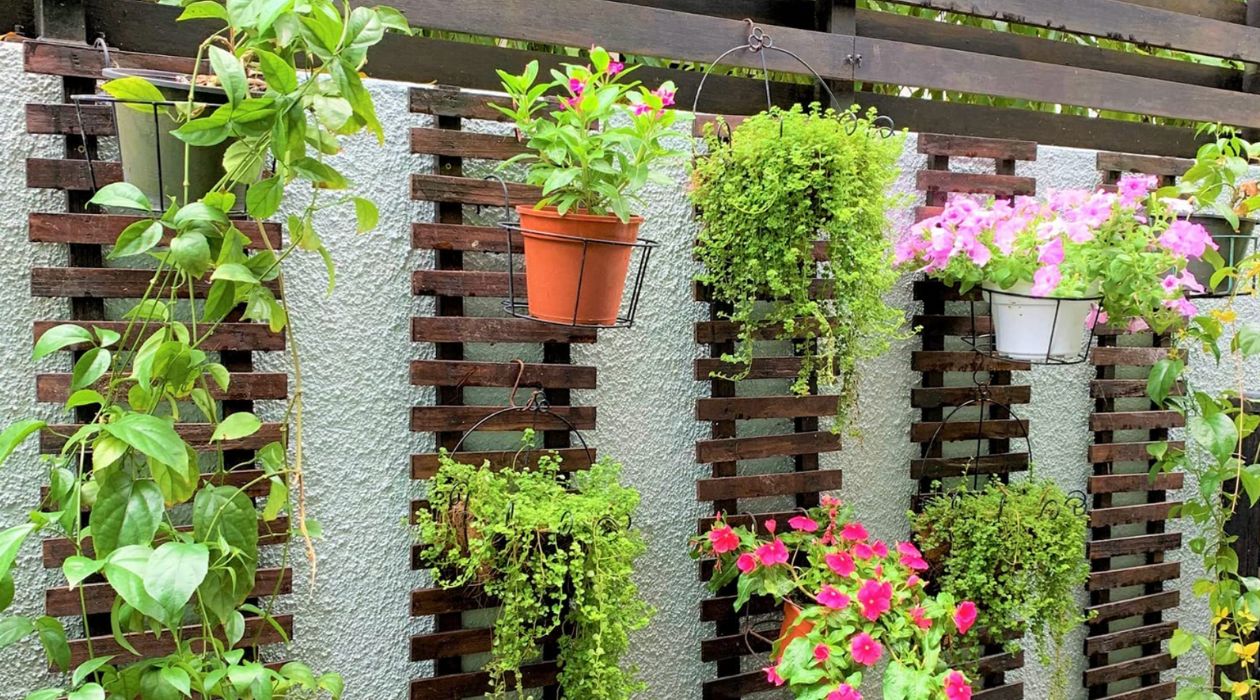

Garden Storage
Garden Wall Ideas: 16 Ways To Define Your Boundaries
Modified: May 6, 2024
Looking for garden wall ideas to define your boundaries? Check out these 16 creative ways that also offer storage solutions. Enhance your outdoor space now!
(Many of the links in this article redirect to a specific reviewed product. Your purchase of these products through affiliate links helps to generate commission for Storables.com, at no extra cost. Learn more)
Introduction
Welcome to our guide on garden wall ideas! If you’re looking to define your boundaries and add a touch of style to your outdoor space, a garden wall can be a fantastic addition. Not only does it provide privacy and security, but it also adds structure and character to your garden.
Whether you have a small patio area or a sprawling backyard, there are numerous options available to create a stunning garden wall that suits your style and needs. In this article, we will explore 16 different garden wall ideas that range from traditional to contemporary, using various materials and designs.
A well-designed garden wall not only acts as a functional barrier but also enhances the overall aesthetics of your outdoor area. So, let’s dive into the different types of garden walls and get inspired to transform your garden!
Key Takeaways:
- Embrace creativity and innovation when designing garden walls, from living walls to recycled materials, to create a unique and captivating outdoor space that reflects your personal style and enhances the overall aesthetics of your landscape.
- Consider the specific characteristics of your outdoor space, such as sunlight exposure and climate, when choosing materials and plants for your garden wall. Regular maintenance and proper installation are essential for ensuring the longevity and vitality of your wall.
Wooden Garden Walls
Wooden garden walls are a popular choice due to their natural beauty and versatility. They blend seamlessly with any outdoor setting, whether you have a rustic, modern, or minimalist garden design. Plus, wood is a sustainable and eco-friendly material, making it an excellent choice for environmentally-conscious homeowners.
There are various options when it comes to wooden garden walls. You can opt for a classic picket fence design, which adds a charming and traditional touch to your garden. Alternatively, horizontal slat walls create a contemporary and sleek look, perfect for modern outdoor spaces. You can also consider lattice or trellis designs, which provide both privacy and a structure for climbing plants.
When choosing the type of wood for your garden wall, make sure to select a weather-resistant and durable material. Cedar and redwood are excellent choices as they naturally repel insects and are resistant to rot. You can leave the wood in its natural state for a rustic appeal or paint it in a color that complements your outdoor decor.
Wooden garden walls can be easily installed and maintained. Regularly inspect the wood for any signs of damage or decay and treat it with a protective sealant to enhance its longevity. With proper care, a wooden garden wall can last for many years, providing privacy, charm, and a cozy atmosphere in your outdoor space.
Stone Garden Walls
Stone garden walls exude timeless elegance and bring a sense of natural beauty to any outdoor space. They can be constructed using various types of stone, such as limestone, sandstone, or slate, each with its own unique texture and color palette.
One popular stone garden wall option is a dry stone wall. This type of wall is built without mortar, using carefully fitted stones stacked together. Dry stone walls create a rustic and organic look that blends harmoniously with the surrounding landscape. They are not only aesthetically pleasing but also highly durable, requiring minimal maintenance.
If you prefer a more refined and polished appearance, you can opt for a mortared stone wall. Mortared stone walls use a strong adhesive to hold the stones together, creating a sturdy and durable structure. With mortared stone walls, you have the flexibility to choose different stone shapes and sizes, allowing for more intricate designs.
Another option for stone garden walls is a retaining wall. Retaining walls are designed to hold back soil and create different levels in your garden. They are not only functional but also add visual interest and depth to your outdoor space. Retaining walls can be built using stacked stones or interlocking concrete blocks, depending on your preference and the desired aesthetic.
Stone garden walls require professional installation to ensure proper construction and stability. The stones will need to be carefully selected and placed to create a sturdy and visually appealing wall. Additionally, periodic maintenance, such as cleaning and repairing any damaged stones, may be necessary to keep your stone garden wall in top condition.
With their natural beauty and durability, stone garden walls are a fantastic choice for adding elegance and a touch of earthiness to your outdoor space. Whether you go for a dry stone wall or a mortared stone wall, the end result will be a stunning focal point in your garden.
Brick Garden Walls
Brick garden walls are a classic and enduring choice for defining boundaries in your outdoor space. The timeless appeal of brick adds a touch of charm and sophistication to any garden design, from traditional to contemporary.
One of the advantages of brick garden walls is their versatility. Bricks come in various colors, textures, and sizes, allowing for endless design possibilities. Whether you prefer a warm red brick or a sleek and modern gray brick, there is an option to suit your style and aesthetic preferences.
Brick garden walls can be built using different techniques. The most popular method is the traditional bricklaying technique, where the bricks are stacked on top of each other and held together with mortar. This provides a sturdy and long-lasting wall that can withstand different weather conditions.
If you want a more unique and decorative look, consider using different brick patterns. Herringbone, basketweave, or running bond patterns can elevate the design of your brick garden wall, making it a standout feature in your outdoor space.
In addition to serving as a boundary, brick garden walls can also be utilized as a foundation for other features. You can incorporate seating areas, built-in planters, or even outdoor fireplaces into your brick wall design, transforming it into a multifunctional element of your garden.
Maintenance for brick garden walls is relatively low. However, it is important to periodically inspect for any signs of cracking or loose bricks and repair them promptly. Cleaning the bricks with a mild detergent and water solution can help keep them looking fresh and vibrant.
Brick garden walls not only provide privacy and define the boundaries of your outdoor space, but they also add a timeless elegance and architectural interest that can transform your garden into a welcoming and stylish retreat.
Concrete Garden Walls
Concrete garden walls offer a contemporary and industrial aesthetic that is both stylish and durable. Concrete is a versatile material that can be shaped and molded into various designs, making it a popular choice for modern garden spaces.
One of the main advantages of concrete garden walls is their strength and longevity. Concrete walls are highly resistant to weather conditions, including wind, rain, and sun exposure. They are also fire-resistant and require minimal maintenance, making them a practical choice for outdoor settings.
Concrete garden walls can be constructed using precast concrete panels or poured concrete. Precast concrete panels are created off-site and then installed, providing a quick and efficient installation process. On the other hand, poured concrete allows for more customization, as it can be molded into any shape or size.
In terms of design, concrete garden walls can have a smooth and sleek finish or a textured surface. The use of formwork or decorative molds can add visual interest to the wall, creating unique patterns or imprints. Additionally, concrete walls can be painted or stained in various colors to match your outdoor decor.
Another advantage of concrete garden walls is their versatility in functionality. You can incorporate built-in seating, decorative niches, or even water features into the design of your concrete wall. This allows the wall to serve multiple purposes and enhance the overall ambience of your garden.
It’s important to note that concrete garden walls require professional installation due to the weight and specialized techniques involved. The wall will need to be properly reinforced to ensure stability and structural integrity.
Concrete garden walls, with their modern and robust appearance, provide a contemporary edge to your outdoor space. Whether you opt for precast panels or poured concrete, these walls offer both style and functionality, making a bold statement in any garden design.
Gabion Garden Walls
Gabion garden walls offer a unique and eye-catching design that combines the beauty of natural elements with industrial aesthetics. Made from wire mesh cages filled with rocks or stones, gabion walls create a striking visual impact in any outdoor space.
One of the key advantages of gabion walls is their versatility. The rocks or stones used to fill the wire mesh cages can be chosen to match your garden’s color scheme or to create a specific texture or pattern. This allows you to customize the look of your gabion wall to suit your style and preferences.
Gabion walls are not only visually appealing but also highly functional. They provide excellent drainage, preventing water buildup and maintaining the integrity of your garden. Additionally, the rocks or stones used in the gabion cages create a natural habitat for insects and small wildlife, promoting biodiversity in your outdoor space.
Installation of gabion garden walls is relatively straightforward and can be done by yourself or with the help of a professional. The wire mesh cages are typically assembled on-site and filled with the selected rocks or stones. The cages are then securely fastened together to create a stable and sturdy wall structure.
Another advantage of gabion walls is their durability. The wire mesh cages are designed to withstand various weather conditions, making them resistant to rust and corrosion. The rocks or stones used inside the cages may require occasional cleaning or rearranging to maintain the desired appearance of the wall.
Gabion walls can be used in various ways beyond just a boundary wall. They can be designed as retaining walls to create different levels in your garden or as decorative elements within your outdoor space. With their rustic and industrial appeal, gabion garden walls can transform an ordinary garden into a stunning and unique landscape.
Metal Garden Walls
Metal garden walls are a modern and sleek option that can add a contemporary touch to your outdoor space. The use of metal materials, such as steel or aluminum, creates a clean and industrial aesthetic that complements a variety of garden styles.
One of the main advantages of metal garden walls is their durability and strength. Metal is a sturdy material that can withstand various weather conditions, making it a long-lasting solution for your outdoor boundaries. It is also resistant to pests and rot, reducing the need for frequent maintenance.
Metal garden walls come in different designs and styles. Vertical slat walls are a popular choice, providing privacy while allowing air and light to pass through. Perforated metal panels, with small holes or patterns, create an interesting visual effect and can be used to enhance the overall design of the wall.
Another option for metal garden walls is corten steel. Corten steel is a type of weathering steel that develops a protective layer of rust over time, giving it a unique and rustic appearance. Corten steel walls add a sense of texture and warmth to your garden while requiring minimal maintenance.
Metal garden walls can be customized in terms of color and finish. They can be powder-coated in a variety of hues to match your outdoor decor or left in their natural metallic state for a more industrial look. The choice of color and finish depends on the desired aesthetic and style of your garden.
Installation of metal garden walls may require professional assistance, as it involves precise measurements and securing the panels or frames properly. Once installed, metal walls are relatively low maintenance, requiring occasional cleaning to remove dirt and debris.
Metal garden walls offer a contemporary and stylish solution for defining boundaries and adding a touch of modern flair to your outdoor space. With their durability, versatility, and range of design options, metal walls can transform your garden into a sleek and sophisticated retreat.
Glass Garden Walls
Glass garden walls are a modern and elegant option for those who want to create a seamless connection between their indoor and outdoor spaces. These walls provide a clear view of your garden while adding a touch of sophistication and openness to your outdoor area.
One of the main advantages of glass garden walls is the unparalleled transparency they offer. They allow natural light to flood into your outdoor space, creating a bright and airy atmosphere. The transparency of glass also ensures that you can enjoy unobstructed views of your garden, blurring the line between indoor and outdoor living.
When it comes to design, glass garden walls offer various options. Frameless glass walls provide a sleek and minimalist appearance, creating a seamless look in your outdoor space. Alternatively, glass panels held within metal or wooden frames can add a touch of architectural sophistication to your garden.
Privacy is often a concern when it comes to glass walls. However, you can choose from different types of glass that offer varying levels of opacity. Frosted or textured glass, for example, can provide privacy while still allowing light to filter through. Additionally, curtains or blinds can be installed for added privacy when desired.
Installation of glass garden walls should be done by professionals to ensure safety and proper fitting. These walls require precise measurements and specialized techniques to ensure they are structurally sound and properly sealed.
While glass walls require regular cleaning to maintain their clarity, they are overall low maintenance. Wiping them down with a glass cleaner and a cloth periodically will keep them looking crystal clear.
Glass garden walls are a stunning choice for those who want to maximize the view of their garden and create a sense of openness in their outdoor space. With their sleek design and transparency, these walls can transform your garden into a modern oasis that seamlessly blends with your indoor living area.
Living Garden Walls
Living garden walls, also known as green walls or vertical gardens, are a captivating way to bring nature into your outdoor space. These walls consist of plants grown vertically on a specially designed structure, creating a lush and vibrant display of greenery.
One of the main benefits of living garden walls is their ability to maximize space in smaller gardens or urban areas. By growing plants vertically, you can create a stunning focal point without sacrificing precious ground space. This makes them an ideal choice for those with limited gardening area.
Living garden walls offer a range of design possibilities, as you can choose from a wide variety of plants to create the desired look and feel. Flowering plants can add bursts of color and fragrance, while foliage plants provide lush green foliage and texture. You can also incorporate a mixture of different plant species and heights to create depth and visual interest.
The plants used in living garden walls can be grown in soil, hydroponically, or with the use of specially designed growing media and irrigation systems. The choice of growing method depends on the specific requirements of the plant species and the available resources.
Maintenance of living garden walls involves regular watering, fertilizing, and pruning to ensure the health and vitality of the plants. It’s important to choose plants that are suitable for the light and environmental conditions of your garden to minimize maintenance needs.
In addition to their aesthetic appeal, living garden walls offer various environmental benefits. They help purify the air by absorbing carbon dioxide and releasing oxygen, contributing to a healthier and cleaner outdoor environment. They also provide insulation to buildings, reducing energy consumption and improving overall climate control.
Installing a living garden wall requires careful planning and professional expertise to ensure proper support and irrigation systems are in place. It’s important to consider factors such as sunlight exposure, watering requirements, and the overall weight of the wall structure.
Living garden walls bring a refreshing and natural element to your outdoor space. They not only provide privacy and visual appeal but also contribute to a greener and more sustainable environment. With their vertical design and abundance of plant life, living walls are sure to be a stunning addition to any garden.
Consider using a variety of materials such as stone, brick, wood, or metal to create visual interest and texture in your garden wall. Mixing materials can add depth and character to your outdoor space.
Vertical Garden Walls
Vertical garden walls are a creative and innovative way to maximize space and bring greenery to any outdoor area. These walls utilize vertical surfaces, such as fences, walls, or structures, to create a thriving garden in a small space.
One of the main advantages of vertical garden walls is their ability to add a vertical dimension to your garden, making the most of limited space. Whether you have a small balcony or a petite backyard, vertical gardens allow you to grow a wide variety of plants without sacrificing valuable ground area.
Vertical garden walls can be created using a variety of methods and materials. One popular approach is to use modular planting systems or pockets, which are attached to the wall or structure, allowing plants to be inserted into each pocket. This provides flexibility and ease of maintenance, as plants can be easily replaced or rearranged.
Another option for vertical garden walls is the use of trellises or planters, which can be mounted on walls or fences. These structures provide support for climbing plants, such as ivy or vine plants, creating a lush and green backdrop for your outdoor space.
When designing a vertical garden wall, consider the light and environmental conditions of your space. Ensure that your selected plants are suitable for the available sunlight and water requirements. Mix and match different plant species with varying heights, textures, and colors to create an eye-catching and dynamic display.
Vertical garden walls require regular maintenance to ensure the health and growth of the plants. Proper watering, pruning, and fertilizing are essential to keep the plants thriving. It’s important to choose plants that are suited to the specific conditions of your vertical wall, as some may require more specialized care.
Installing a vertical garden wall requires attention to structural support and irrigation. The weight of the plants and structures must be carefully considered, especially when attaching the wall to an existing structure. Proper irrigation systems should be in place to ensure that the plants receive adequate water and drainage.
Vertical garden walls offer not only visual appeal but also a range of benefits. They can enhance the air quality, reduce noise, and provide insulation to the surrounding area. Additionally, they can create a sense of privacy and tranquility, turning a plain wall into a living work of art.
Vertical garden walls are a creative and practical solution for adding greenery to limited outdoor spaces. With their vertical design and thriving plant life, they bring life and vitality to any area, making it a captivating and refreshing sanctuary for both homeowners and visitors.
Hedge Garden Walls
Hedge garden walls offer a classic and timeless way to define boundaries and create privacy in your outdoor space. These walls consist of dense rows of shrubs or bushes planted closely together, forming a natural and lush barrier.
One of the main advantages of hedge garden walls is their ability to provide privacy while maintaining a visually pleasing appearance. The dense foliage of the shrubs acts as a natural screen, blocking views from the outside and creating a sense of seclusion within your garden.
Hedge garden walls offer a range of plant options, allowing you to choose the shrubs that best suit your preferences and climate. Common choices include boxwood, leylandii, privet, or holly, among others. Consider factors such as growth rate, height, and maintenance requirements when selecting the right plants.
In addition to their privacy benefits, hedge garden walls contribute to the overall aesthetics of the landscape. The lush greenery adds texture and depth to your outdoor space, creating a visually appealing backdrop for other garden elements. You can also trim and shape the hedges to create different patterns or forms, adding a touch of artistry to your garden.
Maintenance is an essential aspect of hedge garden walls. Regular pruning is necessary to ensure the desired shape and size of the hedges and to promote healthy growth. Trimming should be done at specific times of the year, depending on the specific shrub species, to avoid disrupting the natural growth cycle.
When establishing a hedge garden wall, proper spacing and planting techniques are crucial. The shrubs should be planted close together, allowing them to grow and intertwine over time. Irrigation and fertilization should also be considered to ensure the health and vitality of the plants.
It’s important to note that hedge garden walls require time and patience to reach their desired height and density. However, once established, they provide a long-lasting and low-maintenance solution for your garden boundaries.
Hedge garden walls offer a classic and elegant option for privacy and boundary definition in your outdoor space. With their natural beauty and versatility, they can transform your garden into a serene and intimate retreat.
Trellis Garden Walls
Trellis garden walls offer a unique and versatile way to add both structure and beauty to your outdoor space. These walls consist of a framework of interwoven lattices or grids that provide support for climbing plants, creating a stunning living wall of greenery.
One of the main benefits of trellis garden walls is their ability to transform a plain wall or fence into a vibrant and dynamic display of plants. Climbing plants such as roses, ivy, or clematis can be trained to grow vertically along the trellis, adding a touch of elegance and charm to your garden.
Trellis garden walls come in a variety of materials, including wood, metal, or vinyl. Each material has its own unique look and characteristics, allowing you to choose one that complements the style and aesthetic of your outdoor space.
There are also different designs and patterns available for trellis garden walls. From simple geometric shapes to intricate and decorative patterns, you can find a trellis design that suits your taste and desired level of visual impact.
Installation of trellis garden walls is relatively easy and can be done by attaching the trellis panels to an existing wall or fence. The trellis provides a framework for the climbing plants to attach to and grow along. It’s important to ensure the trellis is securely anchored and adequately supported to withstand the weight of the plants.
Maintenance of trellis garden walls involves regular pruning and training of the climbing plants. As the plants grow, they will need to be guided along the trellis and trimmed to maintain the desired shape and coverage. You may also need to periodically check and repair the trellis for any damage or wear.
Trellis garden walls offer not only visual appeal but also a range of benefits. They provide shade and privacy, acting as a natural screen between you and the outside world. They also attract beneficial insects and birds, contributing to a more diverse and dynamic garden ecosystem.
With their versatility and ability to support a wide variety of climbing plants, trellis garden walls offer a unique and captivating addition to any outdoor space. They bring a vertical element to your garden, allowing you to make the most of your available space while adding a touch of natural beauty.
Picket Fence Garden Walls
Picket fence garden walls are a charming and classic choice for defining boundaries and adding a touch of nostalgia to your outdoor space. These walls consist of wooden pickets that are evenly spaced and vertically placed, creating a beautiful and traditional border.
One of the main advantages of picket fence garden walls is their timeless appeal. The iconic design of picket fences evokes a sense of warmth and welcoming, making them a popular choice for traditional and cottage-style gardens.
Picket fence garden walls typically use white or natural wood, but you can also paint them in colors that complement your garden’s overall color scheme. The pickets can be designed with different shapes or patterns, allowing you to customize the look and feel of your fence.
In addition to their aesthetics, picket fence garden walls provide functionality and practicality. They create a defined boundary for your outdoor space, keeping pets and children safely inside while marking the edge of your property. They can also act as a backdrop for floral borders or climbing plants, enhancing the overall beauty of your garden.
Maintenance for picket fence garden walls is relatively simple. Regular inspections are necessary to check for any loose or damaged pickets and to ensure that the fence is properly secured. If the wood is painted, occasional repainting may be needed to maintain its appearance and protect it from weathering.
Installation of picket fence garden walls can be a DIY project or completed with the help of professionals. The pickets are typically attached to horizontal rails and then secured into the ground. It’s important to ensure the fence is level and properly aligned for a clean and orderly look.
Picket fence garden walls offer a cozy and traditional aesthetic that never goes out of style. They provide a sense of nostalgia while adding character and definition to your outdoor space. With their classic design and versatility, picket fence garden walls can create a welcoming and enchanting atmosphere in your garden.
Bamboo Garden Walls
Bamboo garden walls offer a unique and eco-friendly option for creating a natural and serene atmosphere in your outdoor space. Bamboo is a fast-growing, renewable resource that provides a sustainable alternative to traditional wall materials.
One of the main advantages of bamboo garden walls is their exotic and tropical appeal. The tall and slender stalks of bamboo create a beautiful and calming backdrop, evoking a sense of tranquility in your garden.
Bamboo garden walls can be constructed using various bamboo varieties, each with distinct colors and textures. Densely packed bamboo poles can provide complete privacy, while spaced-out poles create an open and airy feel. You can also incorporate different heights and diameters of bamboo to add visual interest and depth to the wall.
Bamboo garden walls offer excellent durability and versatility. Bamboo is naturally resistant to pests and rot, making it a low-maintenance option for outdoor installations. It can withstand different weather conditions and provides natural insulation, keeping your garden cooler in the summer and warmer in the winter.
Maintenance for bamboo garden walls involves periodic inspections to check for any signs of damage or deterioration. Regular cleaning with a soft brush and mild soap can help remove dust and debris and maintain the natural beauty of the bamboo.
Installation of bamboo garden walls requires careful consideration of the foundation and support. Bamboo can be attached to existing structures such as fences or walls or installed as freestanding panels. Proper anchoring and stability are vital to ensure the longevity and security of the wall.
Bamboo garden walls offer more than just aesthetics. They provide a sense of privacy and create a peaceful ambiance by screening out unwanted views and noise from the surroundings. Additionally, bamboo is known for its ability to absorb carbon dioxide and release oxygen, contributing to a cleaner and healthier environment.
With their exotic appeal and sustainable nature, bamboo garden walls bring a touch of the tropics to your outdoor space. They create a serene and natural setting, allowing you to escape into a tranquil oasis right in your own garden.
Corten Steel Garden Walls
Corten steel garden walls offer a contemporary and striking option for adding a bold focal point to your outdoor space. Also known as weathering steel, Corten steel develops a unique rust-like patina over time, giving it a distinctive and industrial look.
One of the main advantages of Corten steel garden walls is their weather resistance and durability. The steel is specifically designed to withstand outdoor conditions, including rain, snow, and even extreme temperatures. As it weathers, the steel develops a protective layer, making it highly resistant to corrosion and reducing the need for ongoing maintenance.
Corten steel garden walls are available in various thicknesses and finishes, allowing you to customize the look and feel to suit your style. You can choose from sleek and minimalist designs or opt for more intricate patterns and cutouts to create a visual impact.
The natural warm, earthy tones of Corten steel complement both natural and modern garden designs. The rusty appearance of the steel provides a contrast against the greenery of your garden, creating a distinctive and artistic statement.
Installation of Corten steel garden walls requires professional expertise, as precise measurements and proper anchoring are necessary for structural stability. It’s important to ensure that the steel panels are adequately supported and securely fastened.
Maintenance for Corten steel garden walls is minimal. The steel naturally forms a protective barrier, eliminating the need for additional coatings or sealants. However, occasional cleaning to remove dirt or debris can help maintain the steel’s appearance.
Corten steel garden walls offer more than just aesthetics. They provide privacy and can act as a windbreak, protecting your outdoor living space from strong gusts. Additionally, the steel panels can be used as a backdrop for vertical gardens or artistic lighting installations, adding another layer of visual interest to your garden.
With their contemporary and rugged appeal, Corten steel garden walls create a dramatic and artistic statement in any outdoor space. They add a touch of industrial sophistication while embracing the raw beauty of weathered materials. Elevate and transform your garden with the stunning presence of Corten steel.
Gabion Planters as Garden Walls
Gabion planters used as garden walls offer a unique and versatile solution for adding both structure and greenery to your outdoor space. Combining the functionality of traditional garden walls with the beauty of planters, this innovative approach creates a stunning and multi-functional feature in your garden.
Gabion planters are essentially wire baskets filled with rocks or stones. They can be constructed in various sizes and shapes to suit your design preferences and gardening needs. Their sturdy structure provides a strong foundation for planting and offers a visually intriguing element to your garden walls.
One of the main advantages of gabion planters as garden walls is their dual functionality. On one hand, they define boundaries and provide privacy, acting as a solid and secure barrier. On the other hand, the empty spaces in the wire mesh allow you to transform them into planters, giving you the opportunity to showcase your favorite plants and flowers.
The rocks or stones used to fill the gabion planters can be selected to match your garden’s overall aesthetic. Different sizes, colors, and textures of stones can be used, allowing for a creative and personalized touch. From sleek and uniform pebbles to rough and natural river rocks, the choice is yours to create a visually interesting and captivating wall.
Gabion planters are not only visually appealing but also provide excellent drainage for your plants. The wire mesh structure allows excess water to flow through, preventing waterlogging and ensuring the health and longevity of your plants.
When planting in gabion planters, choose a mix of plants that thrive in your local climate and suit the available sunlight in your garden space. Consider using a combination of foliage and flowering plants to create a vibrant and dynamic display.
Installation of gabion planters as garden walls requires proper anchoring and support. The wire baskets should be securely fastened to ensure stability, especially when used as freestanding planters. Professional installation may be necessary to ensure proper construction and structural integrity.
With their unique combination of functionality and greenery, gabion planters as garden walls provide an eye-catching and practical feature in your outdoor space. They add a touch of creativity and versatility to your garden, allowing you to showcase your favorite plants while creating a stylish and defining boundary.
Creative Garden Wall Ideas
When it comes to garden walls, there are endless creative possibilities to explore. From unique materials to innovative designs, these ideas can elevate your outdoor space and make a lasting impression. Here are a few creative garden wall ideas to spark your imagination:
- Recycled Materials: Consider using recycled materials such as reclaimed wood, old doors, or salvaged bricks to create a unique and sustainable garden wall. Not only will you add character to your garden, but you’ll also contribute to reducing waste.
- Vertical Herb Garden: Convert a wall into a vertical herb garden by using mounted planters or pockets. Not only will this free up ground space, but it will also provide a convenient and fresh supply of herbs for cooking.
- Living Art Installations: Use your garden wall as a canvas for living art installations. Combine different plant varieties and arrangements to create interesting patterns or shapes on the wall. Play with colors, heights, and textures for a mesmerizing visual impact.
- Painted Murals: Transform a plain garden wall into a work of art by painting a mural. You can hire a local artist or if you have artistic skills, create your own masterpiece. Choose a design that complements the overall theme of your garden and adds a personal touch.
- Water Feature Wall: Install a water feature within your garden wall to bring a sense of tranquility and serenity. Incorporate a cascading fountain or a vertical waterfall design to create an enchanting ambiance. The sound of flowing water will add a soothing element to your outdoor space.
- Vertical Succulent Garden: Create a stunning display of succulents by using vertical wall planters. These low-maintenance plants are perfect for vertical gardens and come in various shapes, sizes, and colors. Arrange them in a captivating pattern or let them grow naturally for a vibrant and unique wall design.
- Reflective Surfaces: Use mirrors or reflective materials on your garden wall to create the illusion of a larger space. This technique is especially effective in smaller gardens or tight spaces. It will add depth and light to your outdoor area.
- Mosaic Wall: Add a touch of creativity with a mosaic garden wall. Use colorful tiles or broken pieces of pottery to create intricate designs or patterns. The mosaic will bring vibrancy and personality to your garden.
- Suspended Garden: Hang planters or baskets from your garden wall to create a suspended garden. Choose trailing plants or vines, such as ivy or ferns, to cascade down the wall. This unique vertical garden will add texture and a sense of whimsy to your outdoor space.
- Vertical Moss Wall: Install a vertical moss wall for a lush and eco-friendly garden feature. Moss requires little maintenance and provides a soft and natural aesthetic. The dense greenery will create a calming and inviting atmosphere.
These are just a few ideas to inspire you to think outside the box when it comes to your garden walls. Let your creativity flourish as you explore materials, designs, and concepts that reflect your personal style and transform your outdoor space into a truly unique and captivating oasis.
Conclusion
Garden walls are an essential element in defining the boundaries of your outdoor space while also providing privacy, security, and structure. With a wide array of materials and creative ideas to choose from, you can design a garden wall that reflects your personal style and enhances the overall aesthetics of your landscape.
From wooden and stone walls to modern options like glass and metal, each material offers its own unique charm and benefits. Wooden garden walls bring a natural and versatile appeal, while stone walls exude timeless elegance. Concrete walls offer a contemporary look, while gabion walls provide an intriguing combination of natural elements and industrial aesthetics.
Embracing innovation and creativity, you can explore unconventional ideas like living garden walls, trellis walls, or even utilizing recycled materials. Living garden walls add a burst of greenery and a connection with nature, while trellis walls provide a structure for climbing plants and a dynamic visual impact. Recycled materials not only offer sustainability but also add a touch of character and uniqueness to your garden wall.
When designing your garden wall, consider the specific characteristics of your space, such as sunlight exposure, climate, and the overall style of your garden. Choose plants and materials that are suited to these conditions to ensure the longevity and vitality of your wall.
Maintenance is also a crucial aspect to consider. Regular inspections, pruning, and cleaning are necessary to keep your garden wall in top shape and preserve its beauty over time. Attention to proper installation and support is essential to ensure the stability and durability of your wall.
In conclusion, garden walls are not just functional structures. They are opportunities to elevate and transform your outdoor space. Whether you prefer a traditional, modern, or creative design, a well-designed garden wall can define boundaries, create privacy, and add character and beauty to your garden, resulting in a captivating and inviting outdoor haven for you to enjoy for years to come.
If you've enjoyed learning about various garden walls, why not delve deeper into specific types, like brick garden walls? Our next article sheds light on the unique aspects and benefits of creating a walled garden, focusing particularly on the timeless appeal and robustness of brick as a material choice. Perfect for those considering a durable yet classic boundary solution, this piece will provide you with all the necessary details to make an informed decision.
Frequently Asked Questions about Garden Wall Ideas: 16 Ways To Define Your Boundaries
Was this page helpful?
At Storables.com, we guarantee accurate and reliable information. Our content, validated by Expert Board Contributors, is crafted following stringent Editorial Policies. We're committed to providing you with well-researched, expert-backed insights for all your informational needs.
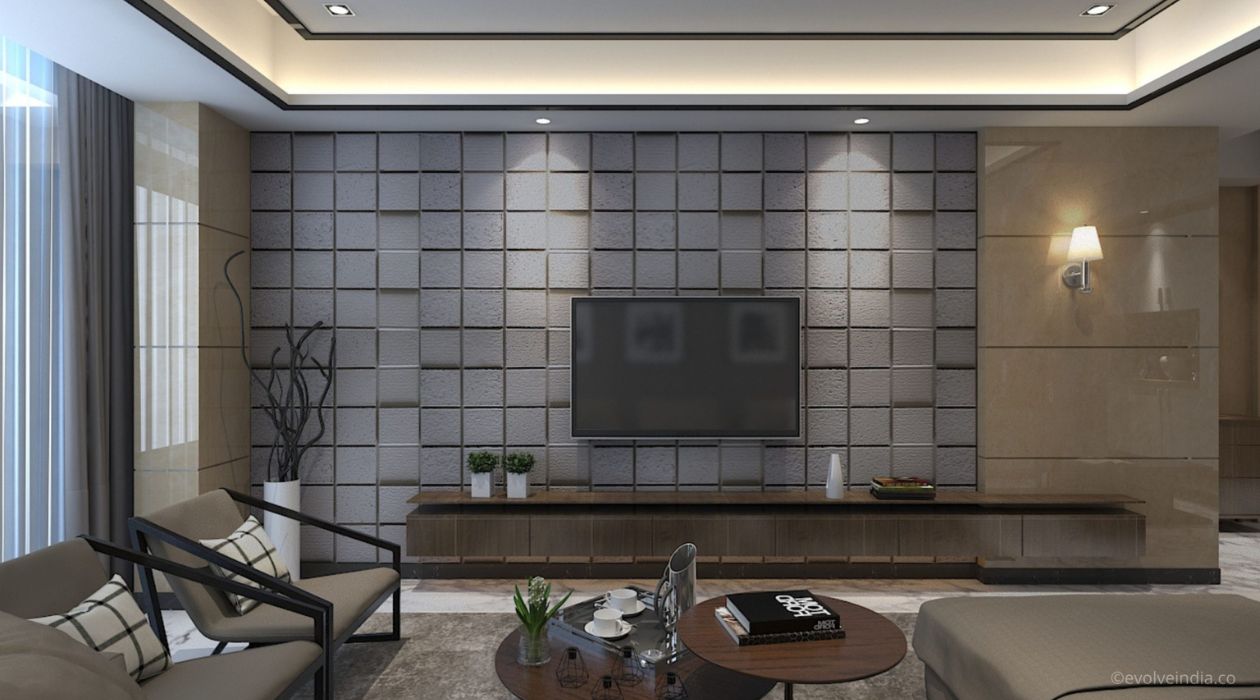
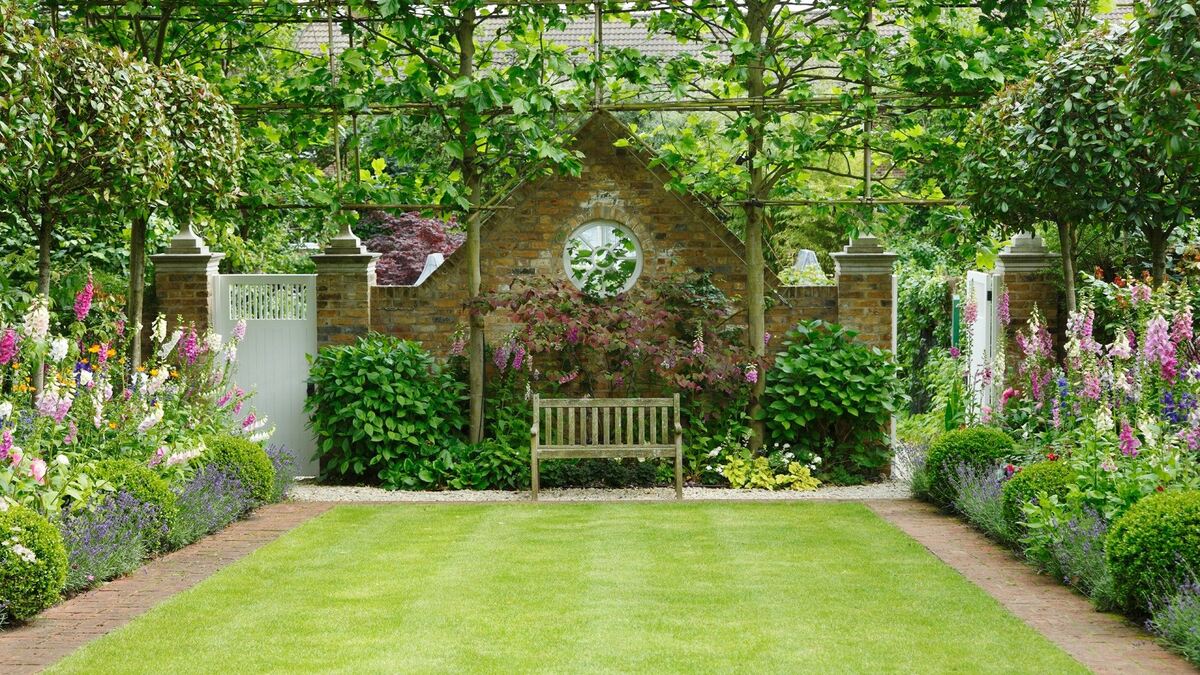
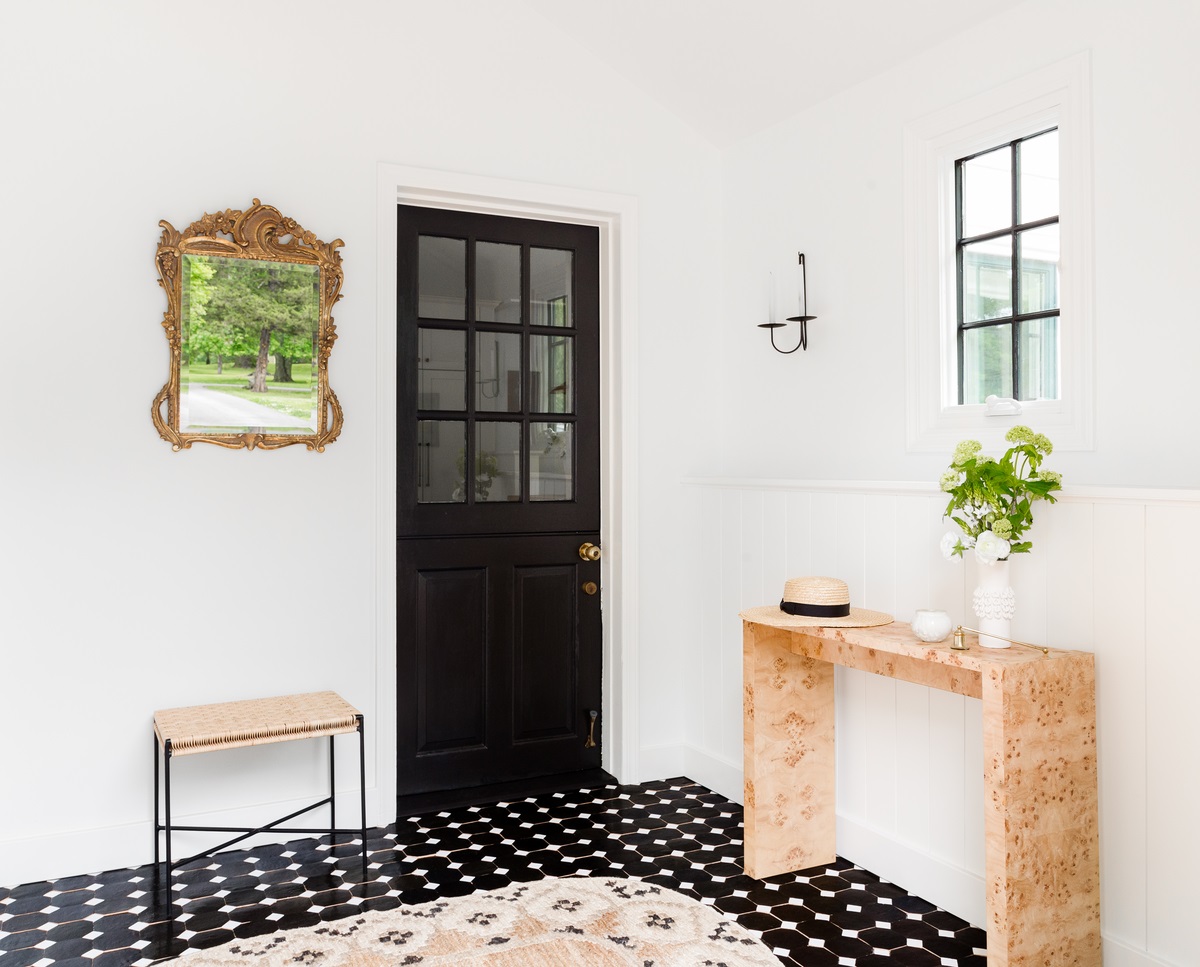
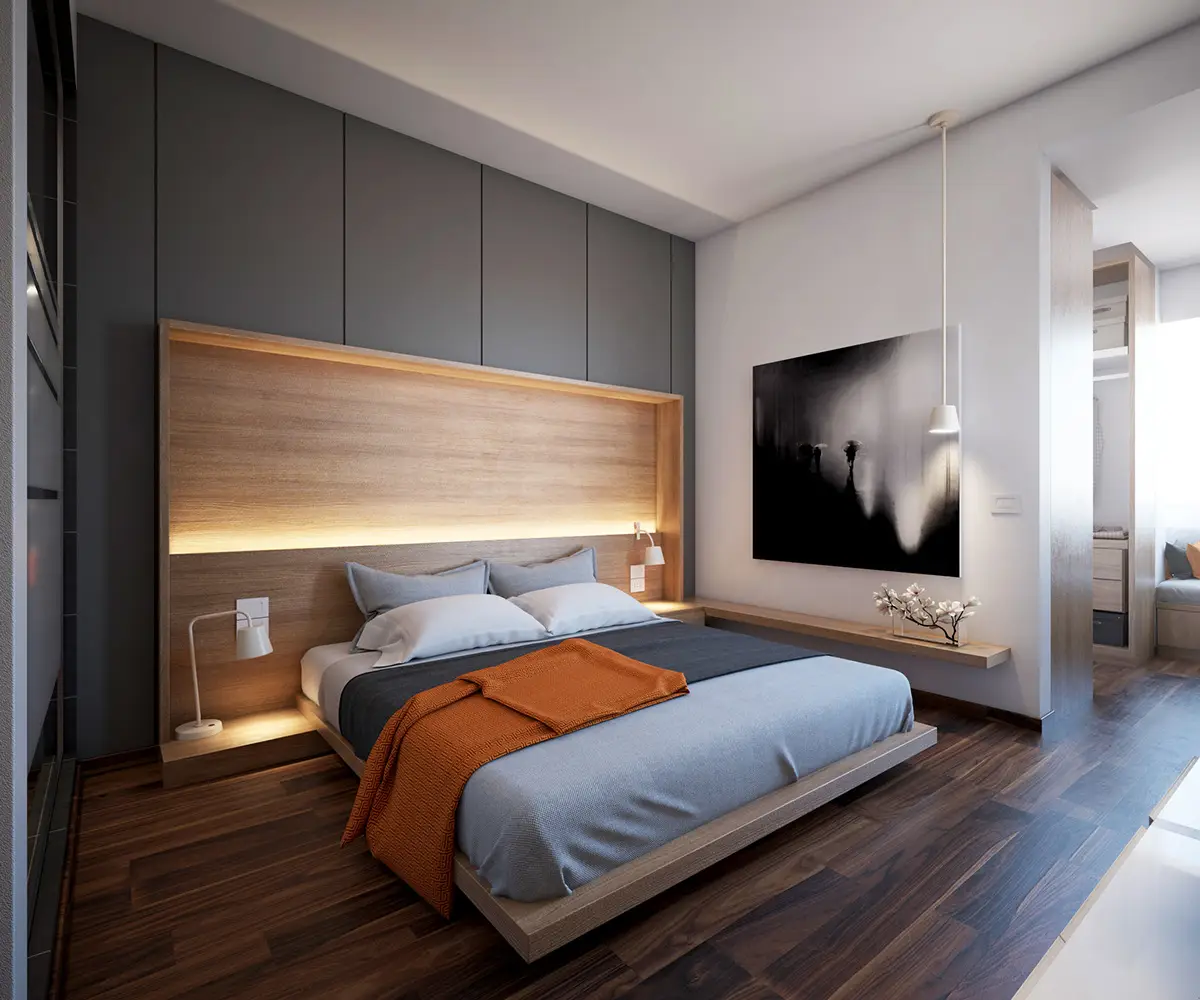
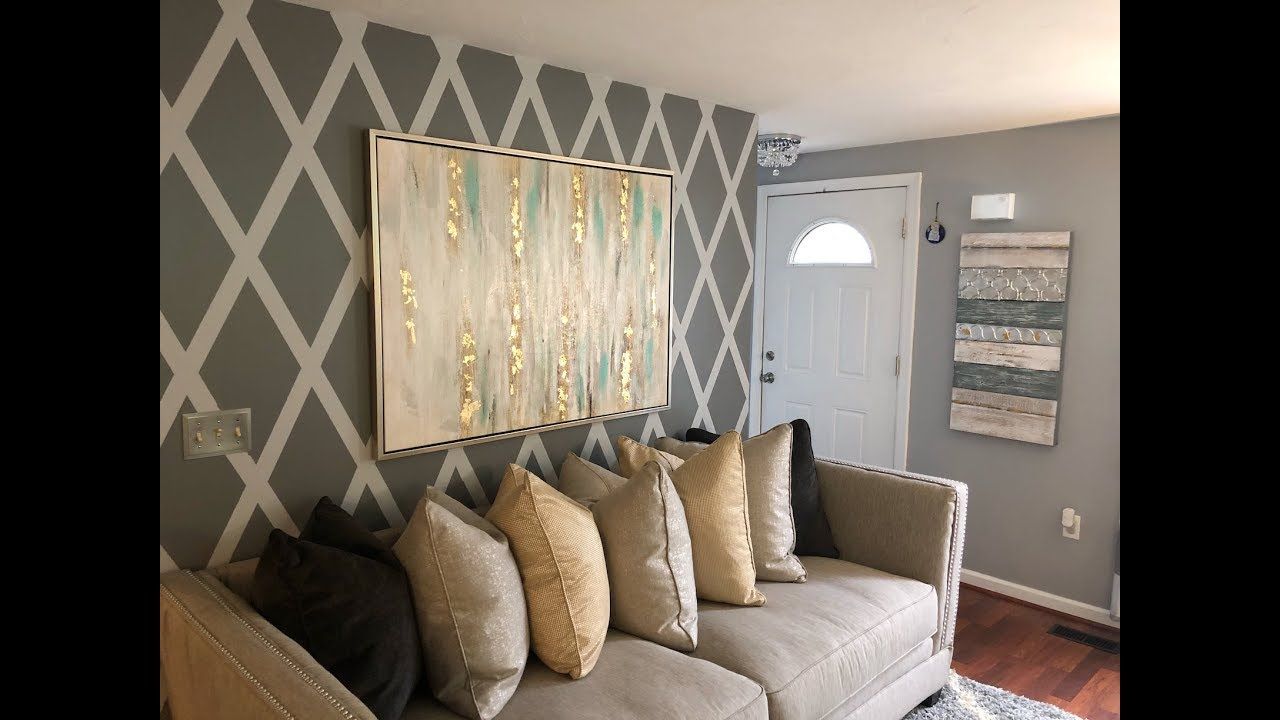
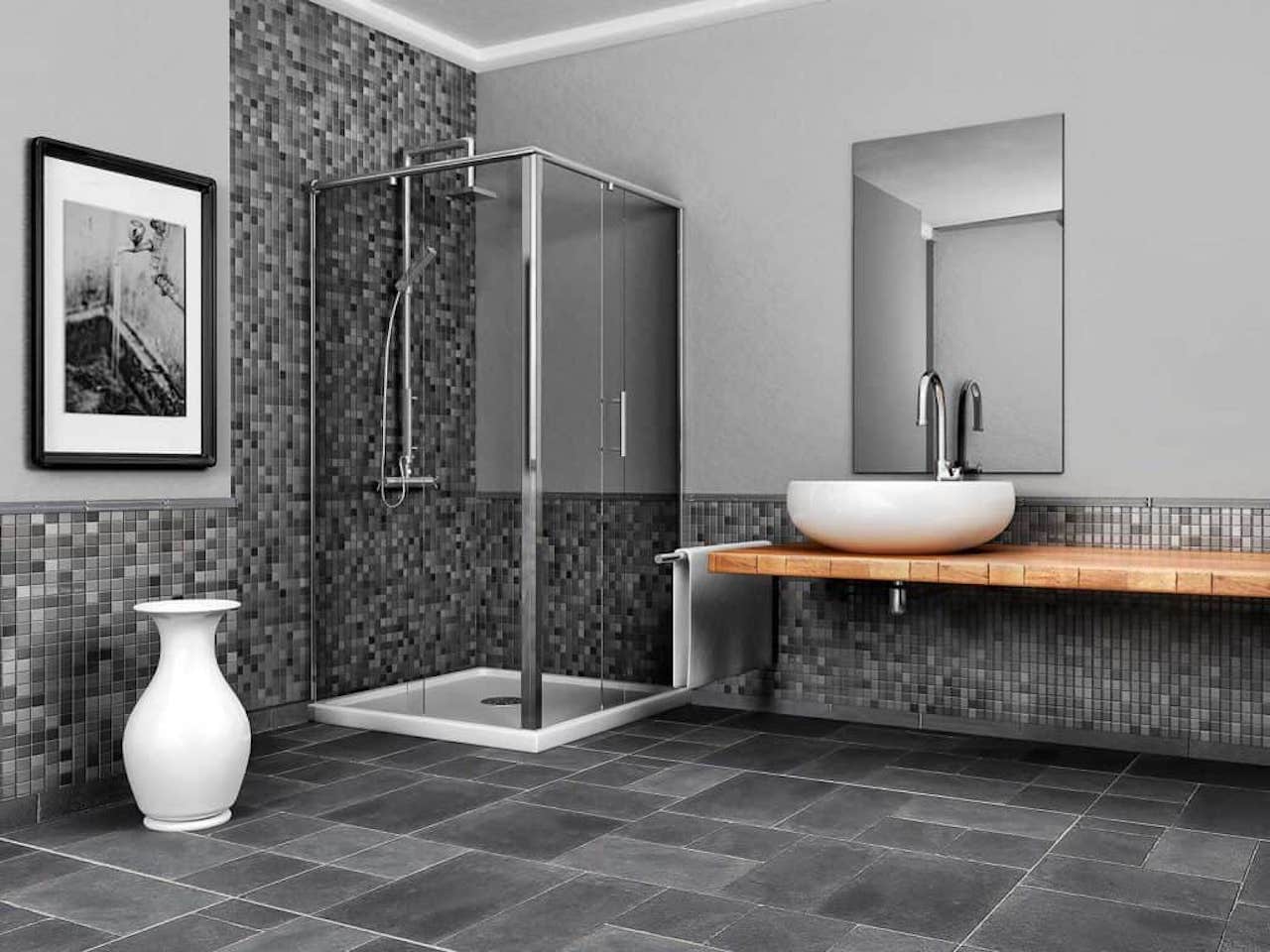

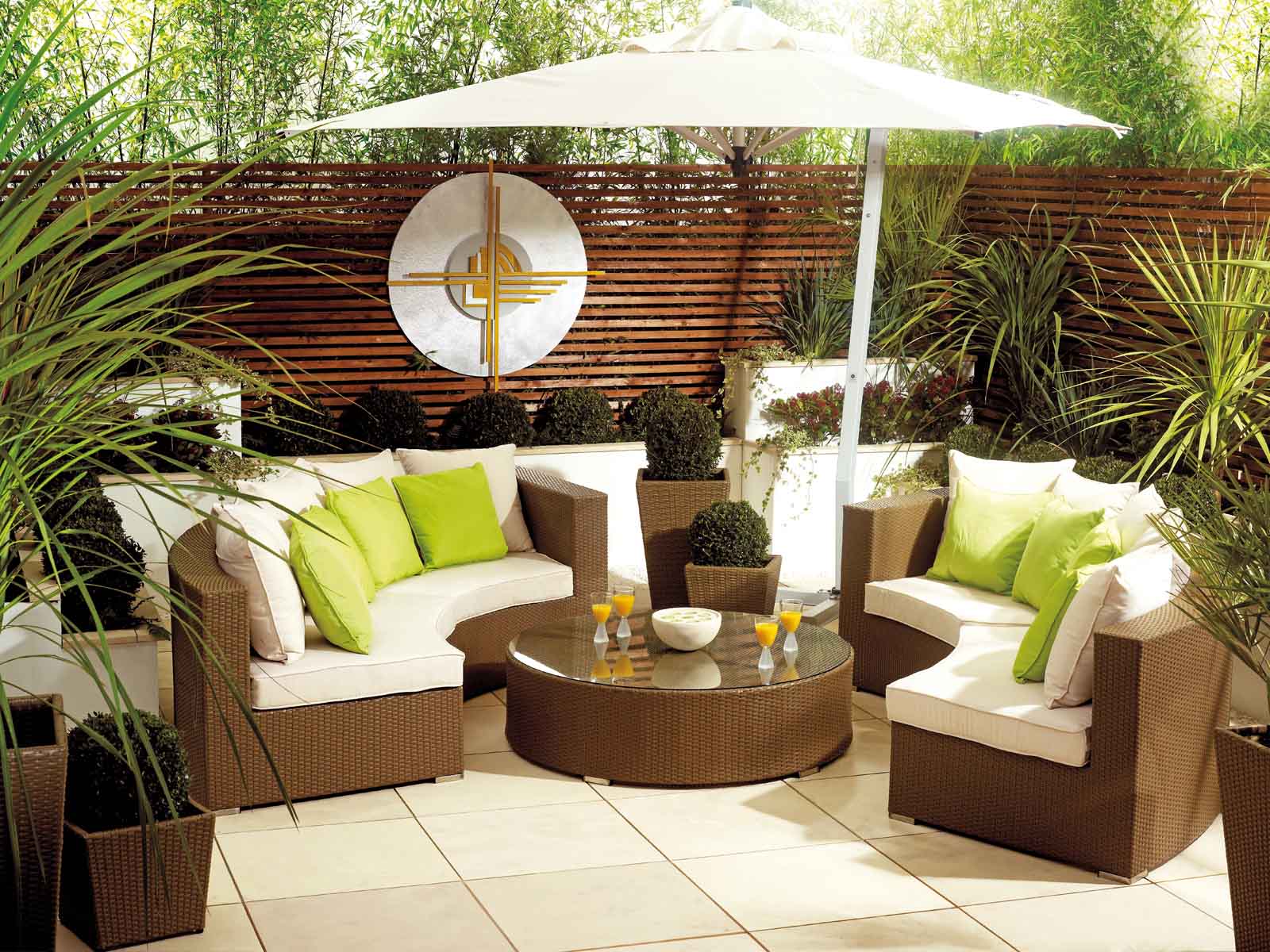
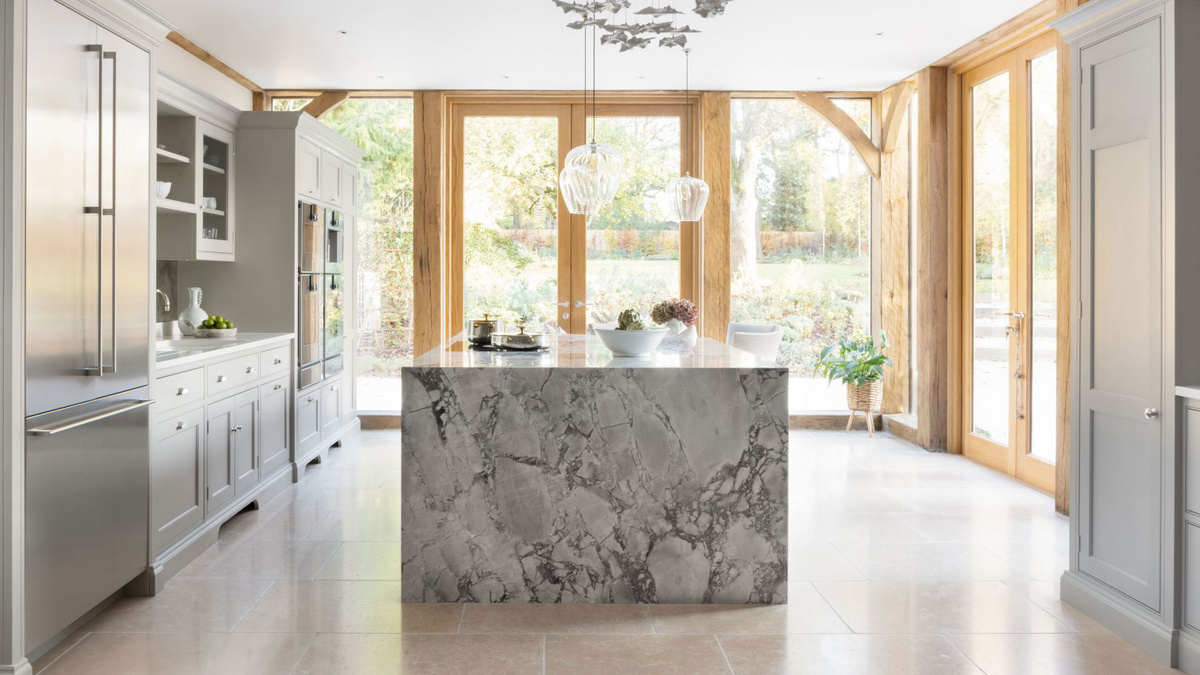
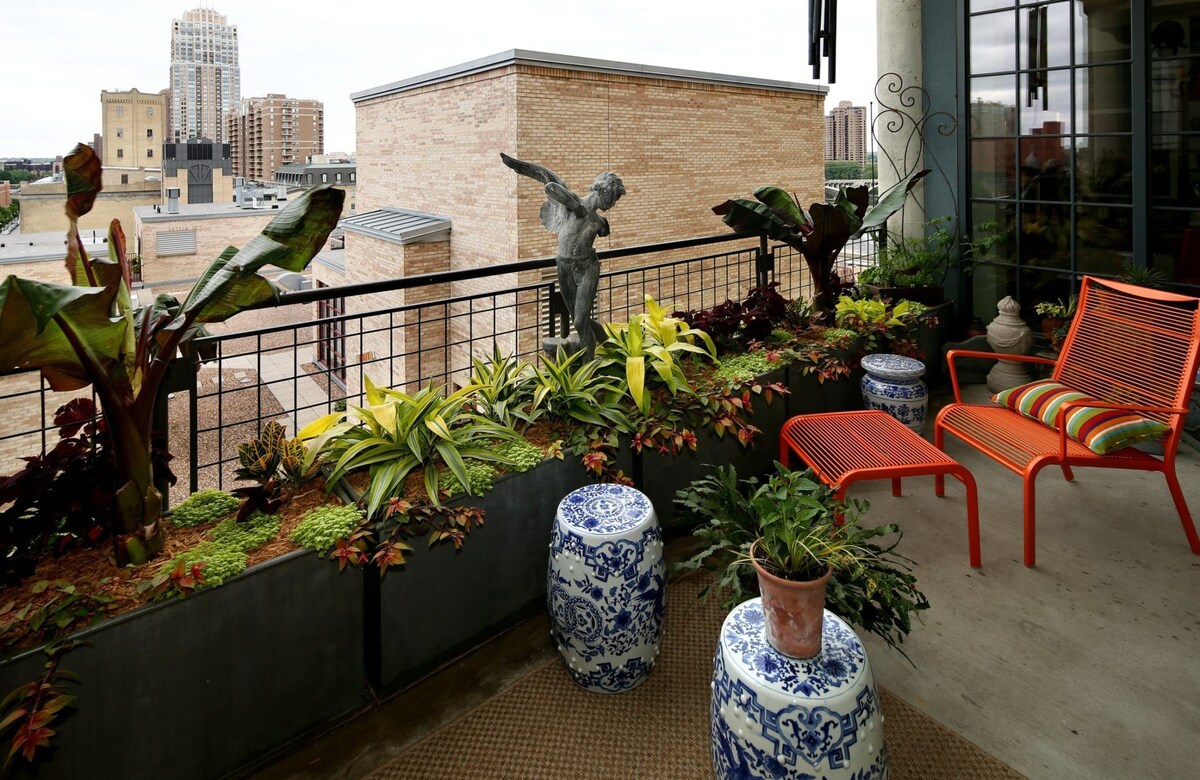
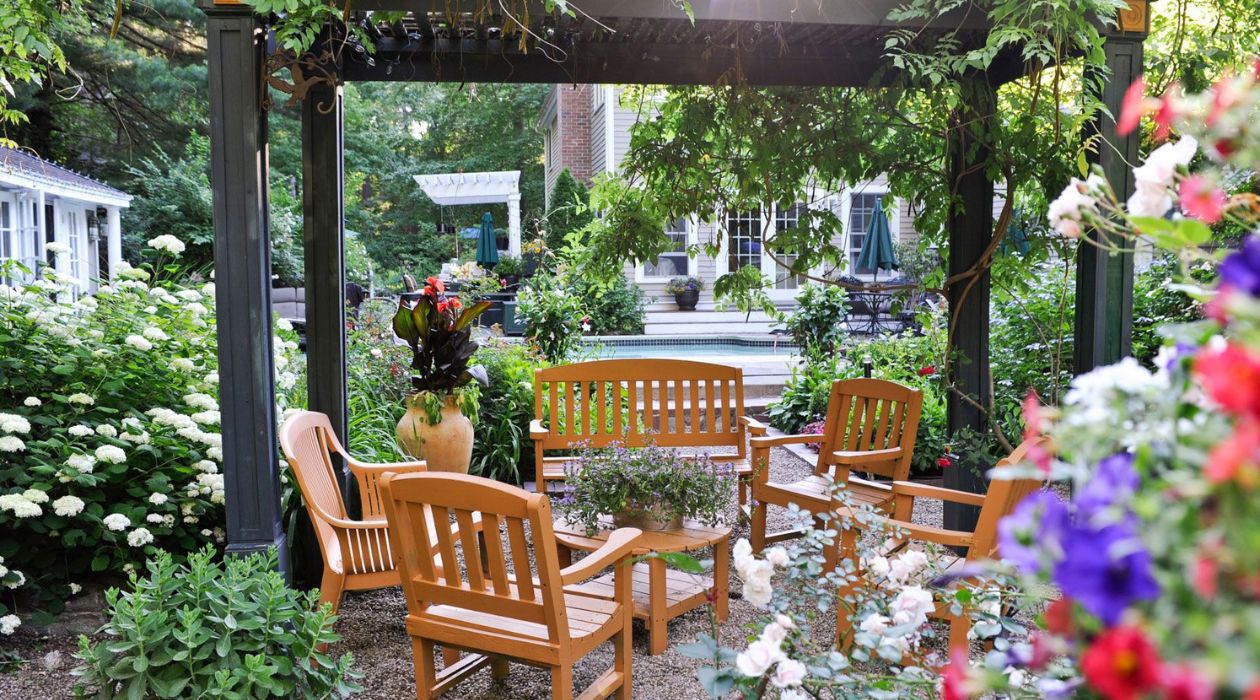

0 thoughts on “Garden Wall Ideas: 16 Ways To Define Your Boundaries”